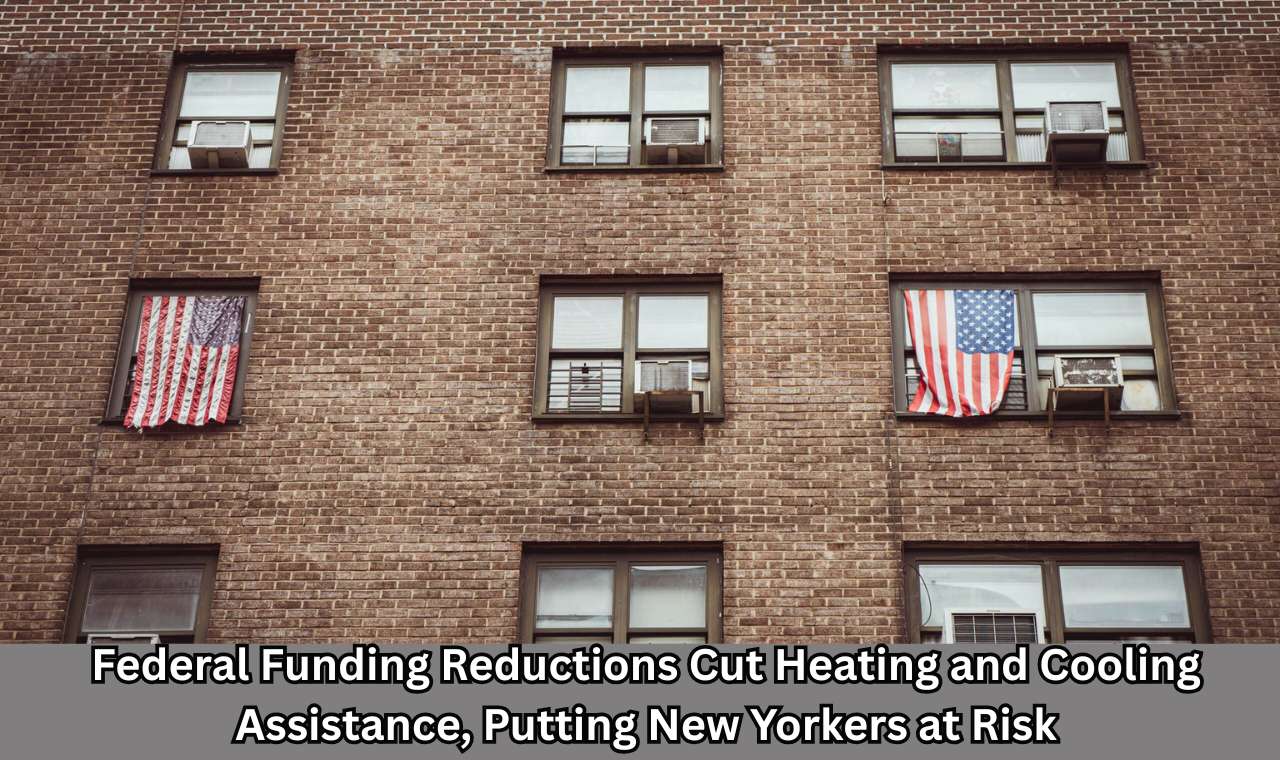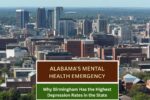Federal funding cuts have left thousands of New Yorkers without crucial heating and cooling assistance, sparking concerns among advocates and state officials over the future of the state’s Home Energy Assistance Program (HEAP). Designed to help low-income households manage utility costs during extreme weather, the program is facing a crisis as demand rises and resources dwindle.
HEAP Runs Dry Amid High Demand
In early 2025, New York’s HEAP program, which typically runs through the coldest months, closed unexpectedly after federal funds were exhausted. This abrupt end left many vulnerable residents without aid during a particularly harsh winter. In response, Governor Kathy Hochul announced the release of $35 million in emergency state funding to temporarily reopen the program.
We cannot leave our most vulnerable residents without heat in the dead of winter,” Governor Hochul said in a statement. “This additional funding is a lifeline, but we need a long-term federal solution.”
You can learn more about HEAP on the New York State Office of Temporary and Disability Assistance (OTDA) website.
Despite the state’s intervention, the future of HEAP remains uncertain. With continued reductions in federal aid and increasing applications, advocates warn that even this emergency funding may not stretch far enough.
Cooling Assistance Also Falls Short
The summer version of the program—Cooling Assistance—is facing similar challenges. In 2024, the $22 million allocated for cooling aid was depleted by July 19, just weeks into what turned out to be a scorching summer. The program provided over 27,000 households with support for air conditioner purchases and installations before closing.
A year earlier, in 2023, funds ran out within 24 days of the program’s launch, highlighting a growing mismatch between need and available resources. New Yorkers increasingly rely on air conditioning not just for comfort but survival, as climate change drives more frequent and dangerous heatwaves.
“Every year it’s the same story,” said a spokesperson for the Public Utility Law Project. “Demand outpaces funding, and people are left to suffer in the heat.”
Details about eligibility and benefits for the Cooling Assistance program can be found here.
Disproportionate Impact on Vulnerable Communities
The funding shortfalls hit hardest in low-income and minority communities, where energy insecurity is most pronounced. While about 90% of New York City households have access to air conditioning, that number drops to just 76% in lower-income neighborhoods.
According to the NYC Department of Health, extreme heat is the deadliest weather-related hazard in the city, causing an average of 350 deaths annually. Many of these fatalities are among older adults and residents with chronic illnesses, who lack access to proper cooling.

Advocates Push for Long-Term Solutions
Advocacy groups are now calling on both state and federal lawmakers to take more comprehensive action. One proposed solution is the NY HEAT Act, currently under consideration in Albany, which would cap energy bills at 6% of a household’s income for low- and moderate-income residents.
Others suggest expanding stipends for utility costs, allowing more flexibility in how energy aid can be used—not just for purchasing equipment, but also for covering electric bills during extreme weather events.
In Washington, the Low Income Home Energy Assistance Program (LIHEAP)—the federal program that funds HEAP—is under scrutiny. Funding has remained relatively flat despite inflation, rising energy costs, and increased need due to more extreme weather.
What’s Next?
While the emergency state funding will provide a temporary reprieve, many fear that the program is only a Band-Aid for a growing crisis. With summer approaching, the state is bracing for another surge in Cooling Assistance applications.
We need permanent, increased federal investment,” said Assemblymember Linda Rosenthal, who chairs the social services committee. “This is a public health issue, and it deserves more than short-term fixes.”
In the meantime, residents in need of heating or cooling support can apply through the OTDA website or contact their local department of social services. However, they are urged to act quickly, as remaining funds may run out again soon.
To apply or learn more about eligibility for HEAP and other energy assistance, visit the OTDA HEAP Portal.
Final Thought
The reduction in federal funding for vital heating and cooling assistance programs underscores the urgency for sustainable, long-term solutions. New Yorkers and others who rely on these services deserve more than temporary fixes; they need permanent, equitable support systems. With heatwaves growing more extreme and winters getting colder, now is the time for lawmakers at every level to prioritize energy assistance as a matter of public health and economic justice.

Pankaj Kumar is a skilled content writer at OTE News, focusing on breaking news, technology, and socio-political developments. With a background in Mass Communication, he brings a balanced perspective to his articles, ensuring clarity and reliability. Pankaj has a knack for simplifying complex topics for readers.
In his free time, he enjoys photography, traveling, and experimenting with new cuisines. His curiosity and dedication to truthful reporting make him a valuable contributor to OTE News.




